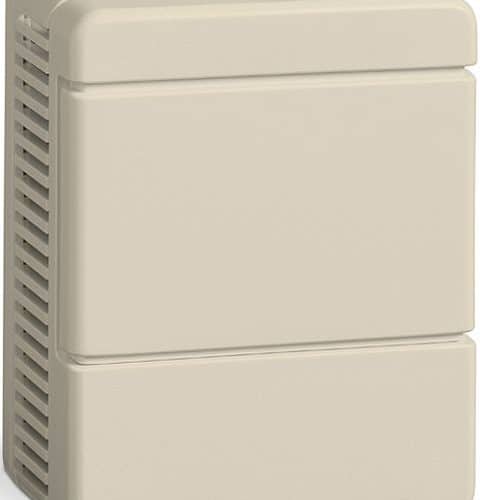Temperature and humidity sensors are incredibly important for large buildings, such as schools and hospitals, because they can detect when certain areas are becoming too hot or cold and therefore help regulate temperatures to make sure everyone remains comfortable. Anyone in Florida who has had an air conditioning unit break during the summer knows how truly unpleasant that can be, so in cases of large commercial buildings, these sensors need to be working properly and free of defects. Unfortunately, schools and hospitals currently using some Siemens temperature and humidity sensors could have a lot more to worry about than forgetting to bring a sweater.
The U.S. Consumer Product Safety Commission and Siemens Industry, Inc. announced this week the voluntary recall of approximately 57,000 Q-Series Temperature and Humidity Sensors that are commonly found in large buildings like hospitals and schools. The reason for the recall is that Siemens and the CSPC are aware of at least four incidents in which the sensors have overheated and caused fires. Two fires took place in schools while two occurred in hospitals. Fortunately, no injuries were reported.
According to the Siemens announcement: “The Siemens sensor, when used under certain high-power input conditions, can have a capacitor on the printed circuit board degrade over time and then fail which can overheat and in some cases could result in the possibility of fire, property damage, or personal injury.”
Involved in the recall are Q-series sensors with model numbers that mostly begin with QAA and QFA, including: QAA 2060, QAA 2063, QAA 2072, QAA 2073, QFA 2000, QFA 2001, QFA 2060, QFA 2071, QFA2072, QFA 3000, QFA 3001, QFA 3060, QFA 3071, and SB1-0834. The model number can be found on the inside of the sensor’s circuit board. The sensors were all sold from June 2007 through August 2012 and retailed between $200 and $400.
Siemens and the CPSC are urging consumers to first check if the sensors are operating on an AC source, and if they are, to switch them to a DC power source. Once that is done, they should then contact Siemens to schedule an installation for a new, free sensor.


